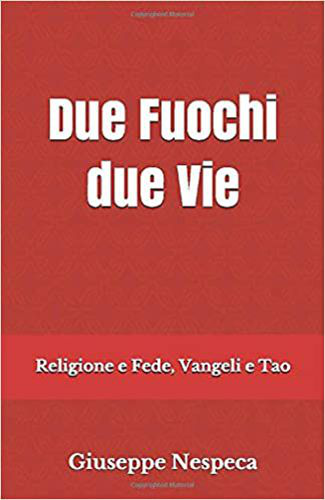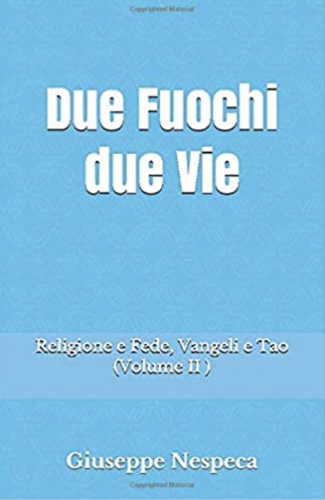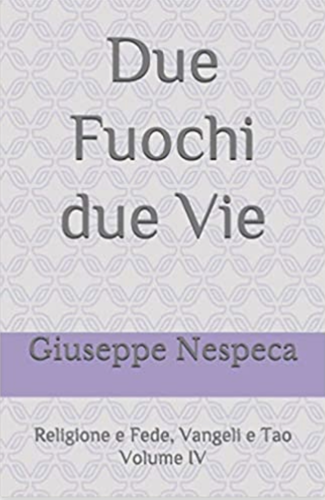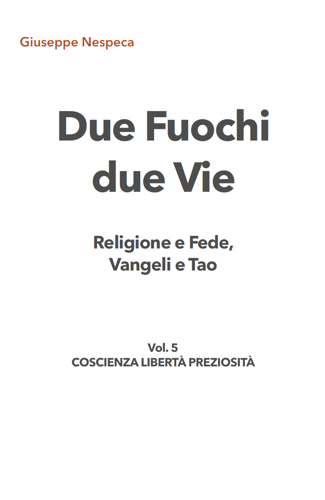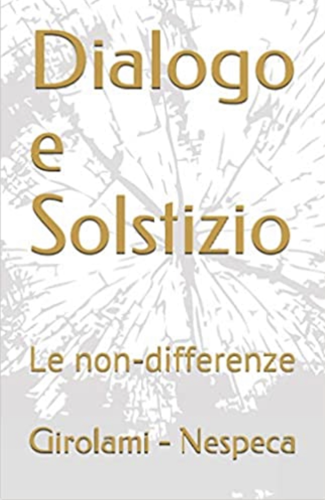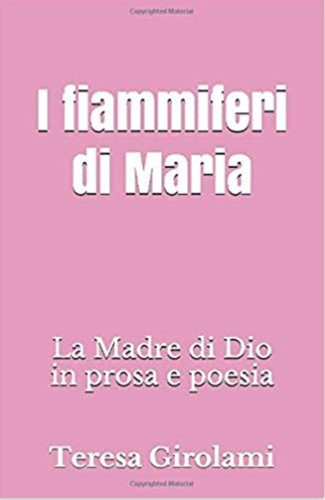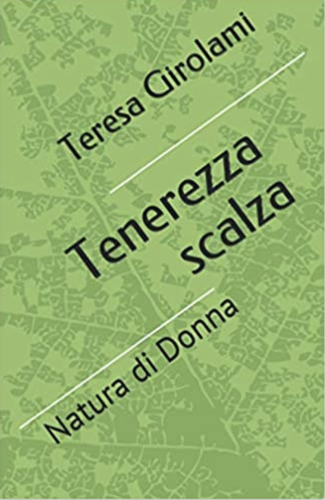The Eucharist, bread broken for the life of the world
88. "The bread I will give is my flesh, for the life of the world" (Jn 6:51). In these words the Lord reveals the true meaning of the gift of his life for all people. These words also reveal his deep compassion for every man and woman. The Gospels frequently speak of Jesus' feelings towards others, especially the suffering and sinners (cf. Mt 20:34; Mk 6:34; Lk 19:41). Through a profoundly human sensibility he expresses God's saving will for all people – that they may have true life. Each celebration of the Eucharist makes sacramentally present the gift that the crucified Lord made of his life, for us and for the whole world. In the Eucharist Jesus also makes us witnesses of God's compassion towards all our brothers and sisters. The eucharistic mystery thus gives rise to a service of charity towards neighbour, which "consists in the very fact that, in God and with God, I love even the person whom I do not like or even know. This can only take place on the basis of an intimate encounter with God, an encounter which has become a communion of will, affecting even my feelings. Then I learn to look on this other person not simply with my eyes and my feelings, but from the perspective of Jesus Christ." (240) In all those I meet, I recognize brothers or sisters for whom the Lord gave his life, loving them "to the end" (Jn 13:1). Our communities, when they celebrate the Eucharist, must become ever more conscious that the sacrifice of Christ is for all, and that the Eucharist thus compels all who believe in him to become "bread that is broken" for others, and to work for the building of a more just and fraternal world. Keeping in mind the multiplication of the loaves and fishes, we need to realize that Christ continues today to exhort his disciples to become personally engaged: "You yourselves, give them something to eat" (Mt 14:16). Each of us is truly called, together with Jesus, to be bread broken for the life of the world.
[Pope Benedict, Sacramentum Caritatis]





